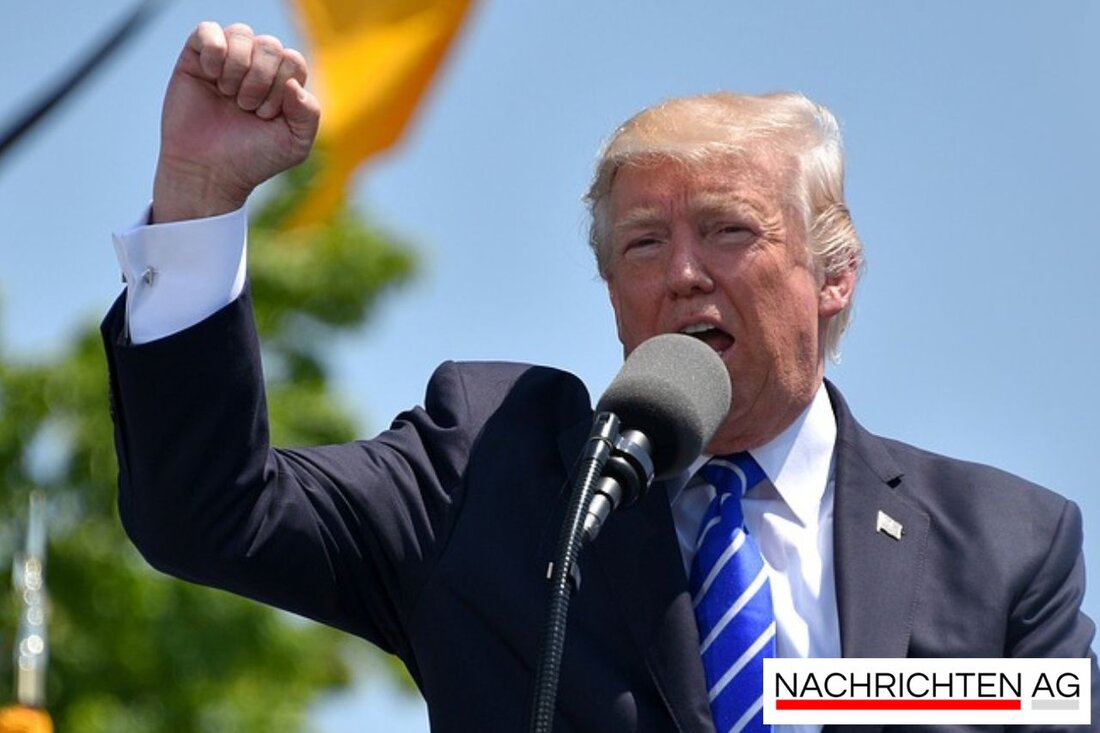Trump accuses China: Commercial contract violated and new tariffs threaten!
Trump accuses China: Commercial contract violated and new tariffs threaten!
Genf, Schweiz - President Donald Trump once again raised sharp allegations against China and accused him of violating an existing trade agreement. Trump announced that he had a “fast deal” with China on his Truth platform that he had come to the Chinese economy. Despite this initial positive assessment, he accused the country of "completely broken" the agreement without naming precise details of the alleged injury. Trump also expressed that all parties involved were satisfied with the original deal.
Almost three weeks ago, the USA and China in Switzerland had agreed a temporary reduction in its mutual tariffs to defuse the trade dispute. This agreement was referred to as a kind of "ceasefire" that applies for 90 days. She stated that the tariffs of the United States are reduced to 145% to 30% to Chinese imports. In return, China should reduce the tariffs to US imports from 125% to 10%. If one looks at the lower sentences, this results in a joint reduction of 115 percentage points.
reactions and effects
The reactions to these tariffs were mostly positive. The Chinese stock index CSI 300 rose by 1.2%, while the Dax in Germany reached a record high of 23,912 points. Companies like Maersk also had an increase in their shares by around 10%. In the past few months, trade between the USA and China has deteriorated dramatically, which not only burdened bilateral relationships, but also had negative consequences for the global economy. The United States had increased its tariffs to Chinese goods to 145%, which caused China to also raise high tariffs on US goods.
US finance minister Bessent emphasized that both the United States and China would like to avoid decoupling the two economies. However, this statement contrasts with Trump's constant allegations against China, especially with regard to unfair trading practices and strict customs policy. Despite the positive developments, economic observers warn of premature euphoria, since the customs sets are still higher than at the beginning of the year.
background and long -term perspective
The trade conflict between the United States and China has its roots in disputes that started in March 2018. The aim of the US government was to modify China's state capitalist economic and industrial policy and to reduce the high trade balance deficit. This led to a significant increase in US tariffs to Chinese imports, which were $ 370 billion in 2017. Countermeasures from China immediately followed what increased the tensions between the two countries.
In January 2020, the “Phase One Trade Agreement” was signed, in which China undertook to buy US products of $ 200 billion. This included significant cuts in the areas of industrial goods, energy and agricultural products. Nevertheless, there were fundamental questions to meet these obligations and the long -term stability of trade relationships between the two nations. Critics have pointed out the risks that the "Managed Trade" approach for the basic principles of the World Trade Organization (WTO) could bring.
Nevertheless, it remains to be seen whether the agreements made between the two nations will actually lead to a sustainable improvement in relationships or whether future conflicts are inevitable, especially in view of the significantly increased customs levels and economic uncertainty.| Details | |
|---|---|
| Ort | Genf, Schweiz |
| Quellen | |


Kommentare (0)